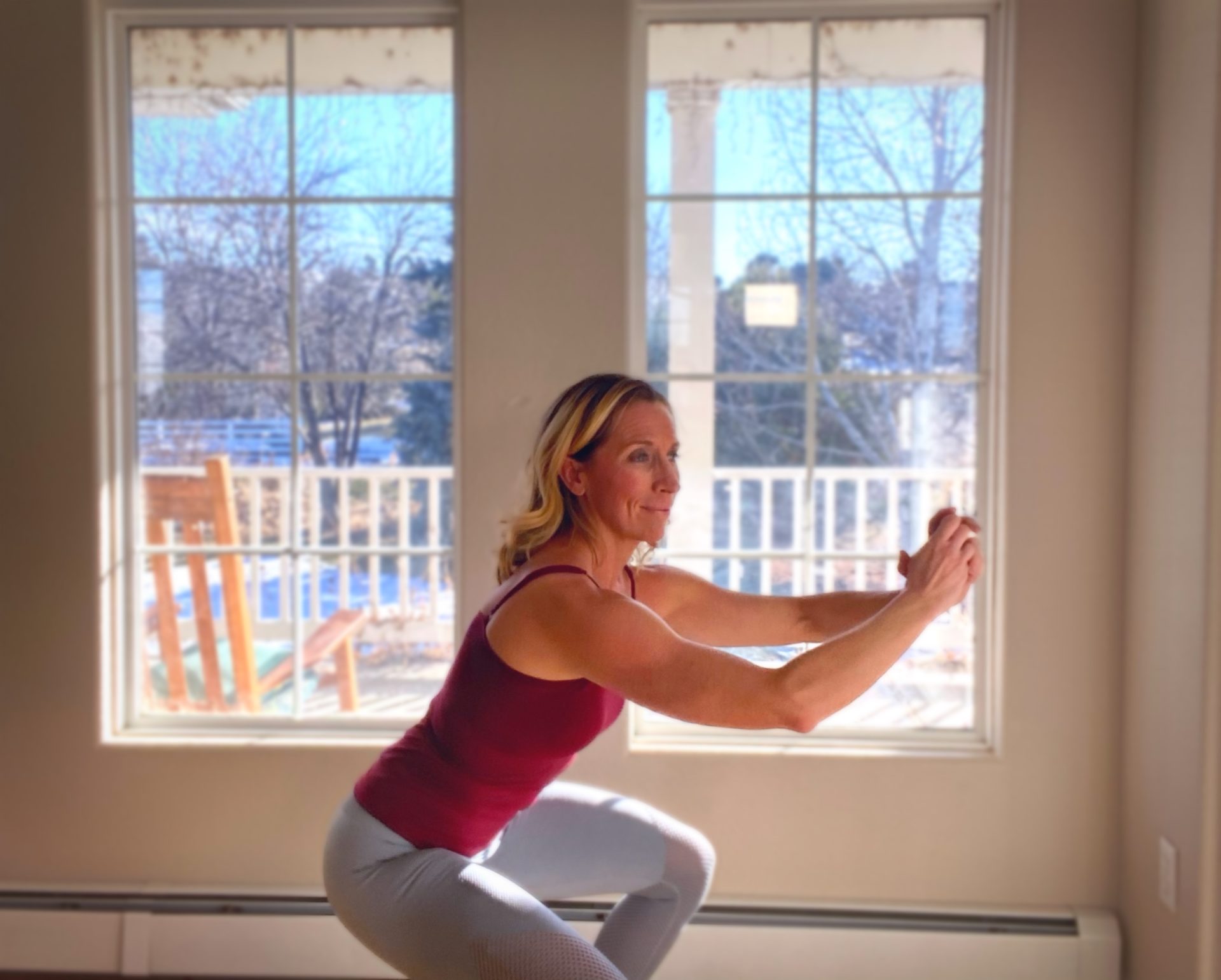Even for non-diabetics, imbalanced blood sugar can lead to serious health risks and unwanted symptoms. Many of our patients unknowingly suffer blood sugar spikes and dips throughout the day leading to fatigue, slow metabolism, muscle and joint pain, brain fog, sugar cravings and more. Any of these symptoms can indicate that the body has lost healthy glucose control.
While addressing diet is key to stabilizing blood sugar, exercise is another critical tool to improve glucose metabolism and, therefore, blood glucose balance.
This happens for two primary reasons. The first reason is that glucose is required for cells to generate energy. So, when we put more energy demand on our bodies by exercising, more glucose is pulled from the bloodstream to be used for energy generations. In addition, the more demand we put on our muscle tissue, the more insulin sensitive they become which means that they are more efficient at pulling glucose out of the blood and generating energy with it!
This is helpful because over time, chronically high circulating insulin or high circulating blood glucose both lead to tissue damage and inflammatory symptoms like those listed about.
The Most Efficient Blood-Sugar Balancing Exercise
Any exercise can increase the uptake of glucose from the bloodstream, but are some activities more beneficial than others? This is the question that a group of researchers at McMaster University were interested in, so they decided to find out.
They set up a study to compare a group of sedentary young men that completed 3 45-minute sessions of aerobic exercise per week with a group that completed 3 sessions of of short bicycle sprints per week for 12 weeks. The sprints consisted of 3-20 second all-out cycles with 2 minutes of low-intensity cycling in between. The sprint group exercised for about 30 minutes per week compared to the aerobic group that exercised for 2 hours and 15 minutes per week.
Surprisingly, the researchers found that participants that completed the bicycle sprints had equally beneficial results to those that exercise over 4 times longer doing only aerobic activity. Both groups had increased insulin sensitivity and blood glucose control as well as increased cardiovascular function.
Researchers concluded that high intensity interval training (HIIT), even at short-duration can boost blood sugar balance. Now, don’t get me wrong, there are plenty of other benefits from aerobic exercise, especially if it means getting outside for a walk, run or hike. However, if your target is to balance irregular blood sugar, you will benefit from including HIIT into your routine a few times each week.
Get Started Now
If you are eager to get started at home, start with 7 minutes of HIIT by doing one of these exercises as hard as you can for 40 seconds and then take 20 seconds off.
- Squats
- Pushups
- Jumping Jacks
- Mountain Climbers
- High-knees
- Speed Skaters
- Sprints
Rotate through 7 different exercises or do the same set over and over. Either way, you will be helping your body find blood glucose balance!
